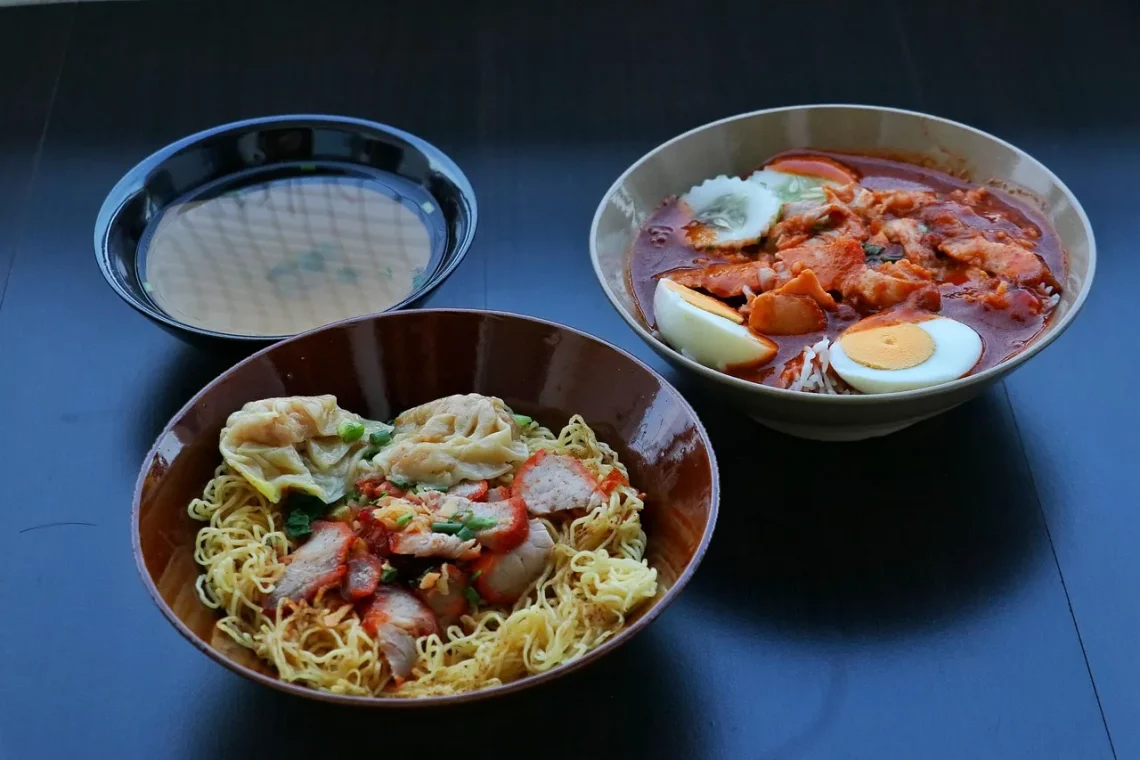
The Controversial Dish: Exploring the Concept of Cooked Cat Cuisine
The culinary world is a tapestry of diverse flavors, traditions, and ingredients, reflecting the rich cultural heritage of various societies. Among the countless dishes and delicacies that exist, few provoke as much discussion and controversy as the concept of cooked cat cuisine. In many parts of the world, cats are cherished as beloved pets, companions, and family members. Their presence in households has led to a strong emotional connection that makes the notion of consuming them unthinkable for many.
On the other hand, in certain cultures, cats have historically served as a source of sustenance, just like any other domesticated animal. This dichotomy raises questions about cultural relativism, ethics in food consumption, and the evolution of dietary practices. As societies become increasingly interconnected, the clash between traditional culinary practices and modern sensibilities often leads to heated debates. The idea of cooking and consuming cat meat prompts us to reflect on our values, the role of animals in our lives, and how culinary traditions can shape societal norms.
Exploring the concept of cooked cat cuisine opens a window into understanding how different cultures perceive food, animal welfare, and ethical considerations. It invites us to examine our own beliefs and attitudes towards what we eat and the animals we share our lives with. As we delve deeper into this controversial dish, we come face to face with the complexities of food choices and the narratives that shape them.
Historical Context of Cat Consumption
The practice of consuming cat meat is not as modern as one might think. Historical records indicate that various cultures around the world have included cats in their diets for centuries. In ancient societies, particularly in regions where food scarcity was a pressing issue, cats were often hunted or domesticated for their meat. For instance, in certain parts of Asia and Europe, there are accounts of cat consumption during times of famine, when other sources of protein were scarce.
In medieval Europe, during the Great Famine, the consumption of cats was documented in various texts. Cats were seen as a practical food source, especially in rural areas where livestock was limited. Their ability to hunt vermin also made them valuable companions, but when food supplies dwindled, the line between pet and protein blurred. This historical context highlights the pragmatic approach to food that many cultures have adopted throughout history, often shaped by necessity rather than preference.
Despite the historical precedent for consuming cats, the practice has largely fallen out of favor in many contemporary societies. The rise of pets, particularly in Western cultures, has transformed the perception of cats from mere livestock to cherished companions. This shift has led to a cultural taboo surrounding the idea of eating cats, contrasting sharply with regions where cat meat is still considered a delicacy.
In some cultures, such as parts of Asia, cat meat is consumed for its supposed health benefits, believed to be a source of vitality and strength. The culinary traditions surrounding cat meat often include specific cooking methods, spices, and preparation techniques that are passed down through generations. These practices reflect not only dietary preferences but also cultural identity and tradition, illustrating how food can serve as a marker of cultural heritage.
As globalization continues to influence food trends, the practice of consuming cat meat faces scrutiny and opposition from animal rights advocates and pet lovers alike. This tension between tradition and modern ethics complicates the narrative surrounding cat consumption. Understanding the historical roots of this practice allows for a more nuanced discussion about the cultural significance of food and the evolving relationship between humans and animals.
Cultural Perspectives on Eating Cats
The cultural perspectives on eating cats vary significantly across the globe, shaped by historical, economic, and social factors. In some cultures, cats are revered and protected, while in others, they are viewed as a source of nourishment. This divergence raises important questions about how cultural norms dictate what is considered acceptable or taboo in culinary practices.
In many Western cultures, cats are predominantly seen as pets. The rise of the animal welfare movement has led to increased awareness and advocacy for the protection of domestic animals. In this context, the idea of consuming cats is met with strong opposition, often viewed as a violation of ethical standards concerning animal rights. The emotional bond that people share with their feline companions contributes to the widespread rejection of cat meat in these societies.
Conversely, in certain parts of Asia, cat meat is still consumed, and it is often regarded as a delicacy. For example, in some regions of China and Vietnam, cat meat has historically been part of traditional dishes. The culinary practices surrounding cat meat consumption are often accompanied by specific rituals and preparation methods that reflect cultural significance. In these contexts, eating cats can be seen as a way to connect with cultural heritage and community traditions.
The contrasting views on cat consumption can create tension between cultures, especially in an increasingly globalized world. As travel and communication facilitate the exchange of ideas and practices, discussions about food ethics and animal rights become more prominent. This has led to debates about whether traditional practices should evolve in light of modern ethical considerations.
Furthermore, the portrayal of cat consumption in media and popular culture often amplifies these cultural divides. Documentaries, social media, and news reports can influence public perception, sometimes leading to misunderstandings or stereotypes about certain cultures. This highlights the need for sensitivity and nuance when discussing culinary practices that may be seen as controversial.
Ultimately, the cultural perspectives on eating cats reflect broader societal values and attitudes toward animals, food, and tradition. As we navigate these complexities, it is essential to approach the topic with an open mind, recognizing the diverse ways in which different cultures interact with their food sources.
Ethical Considerations Surrounding Cat Cuisine
The ethical considerations surrounding the consumption of cat meat are multifaceted, intertwining animal rights, cultural practices, and personal beliefs. As discussions about food ethics become more prevalent, the consumption of cats raises important questions about the moral implications of eating animals that are often regarded as companions.
Animal rights advocates argue that all animals, including cats, deserve protection and humane treatment. The emotional bonds that many people form with their pets contribute to the belief that consuming them is ethically wrong. The idea of eating a creature that has been domesticated and cared for by humans challenges conventional notions of food ethics, leading to strong reactions from individuals who view cats as family members.
On the other hand, proponents of traditional cat consumption often point to cultural practices and historical contexts that justify their dietary choices. They may argue that ethical considerations should be viewed within the framework of cultural relativism, where practices are understood in their specific cultural contexts. For these individuals, the consumption of cat meat may be seen as a continuation of long-standing traditions that contribute to their cultural identity.
Additionally, the ethical debate extends to the treatment of animals in the food industry at large. Many people are concerned about the conditions in which animals are raised and slaughtered, regardless of the species. This broader perspective on animal welfare invites discussions about the ethical implications of consuming various meats, including cats. Advocates for humane treatment of all animals emphasize the importance of compassion and respect for living beings, regardless of their role in human society.
As the conversation around food ethics continues to evolve, it is crucial to consider the voices of those who consume cat meat alongside the perspectives of those who oppose it. Engaging in respectful dialogue can help bridge cultural divides and foster understanding. While some may never accept the idea of eating cats, acknowledging the historical and cultural significance of such practices can lead to a more inclusive conversation about food choices and ethical considerations.
In conclusion, the topic of cooked cat cuisine raises complex ethical questions that challenge societal norms and cultural practices. As we navigate these discussions, it is essential to approach them with empathy and an understanding of the diverse perspectives that exist within different cultures.
**Disclaimer:** This article does not constitute medical advice. For any health-related concerns, please consult a qualified healthcare professional.




